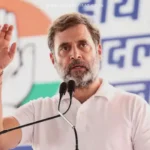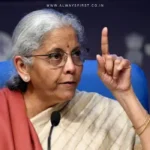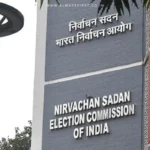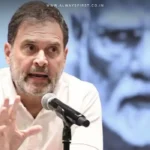
- The Union Cabinet has cleared the proposal for ‘One Nation, One Election’ (ONOE), sparking debate on its impact.
- The former President Ram Nath Kovind-led committee’s report doesn’t quantify cost savings, but various estimates have been made.
- Costs include election-related expenditures by the Election Commission of India (ECI) and political parties, as well as broader economic benefits.
Is ONOE a Cost-Saving Game Changer?
The concept of ‘One Nation, One Election’ (ONOE) promises significant cost savings and administrative efficiency, but how much money could it actually save? The Kovind-led High-Level Committee on Simultaneous Elections hasn’t provided a definitive figure, leaving analysts and politicians to debate the potential financial impact.
One of the key advantages cited by ONOE proponents is cost efficiency. However, estimating the actual savings is complicated due to a lack of clear data from the Election Commission of India (ECI) on the expenses of conducting general and state elections. While in 2014, the ECI spent Rs 3,870 crore on the general elections, it’s difficult to project the current costs with precision.
Estimating the Election Costs
Analysts estimate that the combined cost of conducting Lok Sabha and Vidhan Sabha elections over a five-year period could range between Rs 7,800 crore and Rs 18,000 crore, depending on different sources. For example, a Parliamentary Standing Committee report from 2015 estimated that simultaneous elections could cost Rs 4,500 crore, while a Niti Aayog report suggested costs could be reduced by half if elections were synchronized.
These estimates vary widely, showing how challenging it is to pinpoint the savings. In addition to the direct election expenses, there’s the potential cost of replacing electronic voting machines (EVMs) every 15 years, which could add an estimated Rs 600 crore per year.
Beyond Direct Costs: Time and Resources
While tangible financial savings from ONOE may not be overwhelming, there are significant intangible benefits. For instance, reducing the frequency of elections would free up time for governance, as leaders and ministers would no longer need to spend months on the campaign trail. Prime Minister Modi, for example, spends extensive time campaigning during state elections. By reducing the number of elections, government officials could save thousands of hours, which could be redirected towards more productive governance.
Moreover, the implementation of the Model Code of Conduct (MCC) during elections halts ongoing development projects. By diminishing the frequency of elections, infrastructure growth and governance could proceed more smoothly, potentially saving Rs 7,500 crore to Rs 12,000 crore in stalled projects.
Economic Impact of ONOE
A broader analysis suggests that implementing ONOE could positively impact India’s economy. FICCI and other industry bodies have estimated that reducing election-related disruptions could add Rs 4.5 lakh crore to the economy, potentially boosting GDP growth by 1.5%. This impact is largely due to the uninterrupted governance and reduced expenditure on election campaigns.
Conclusion: More Than Just Financial Savings
While ONOE may not lead to massive direct cost savings, the broader benefits in terms of time, resources, and economic output could make it a valuable reform. A detailed analysis of both the tangible and intangible benefits is needed before a final decision is made.








































Leave a Reply